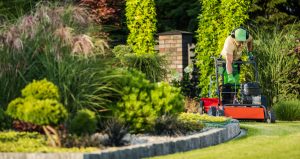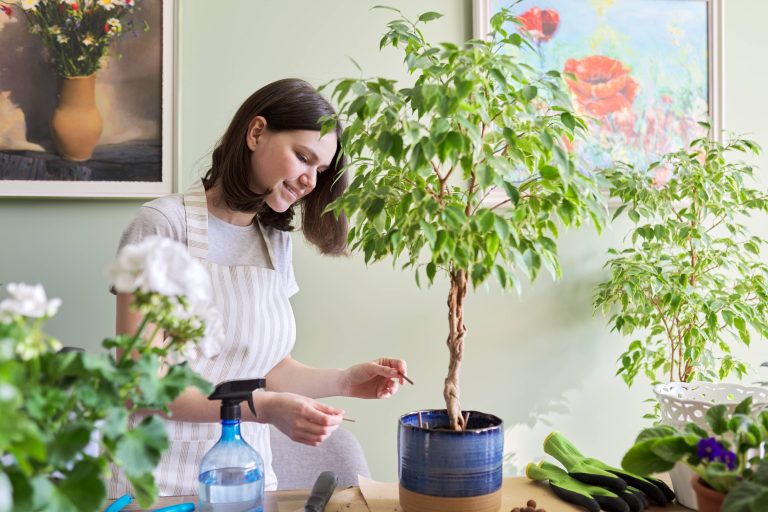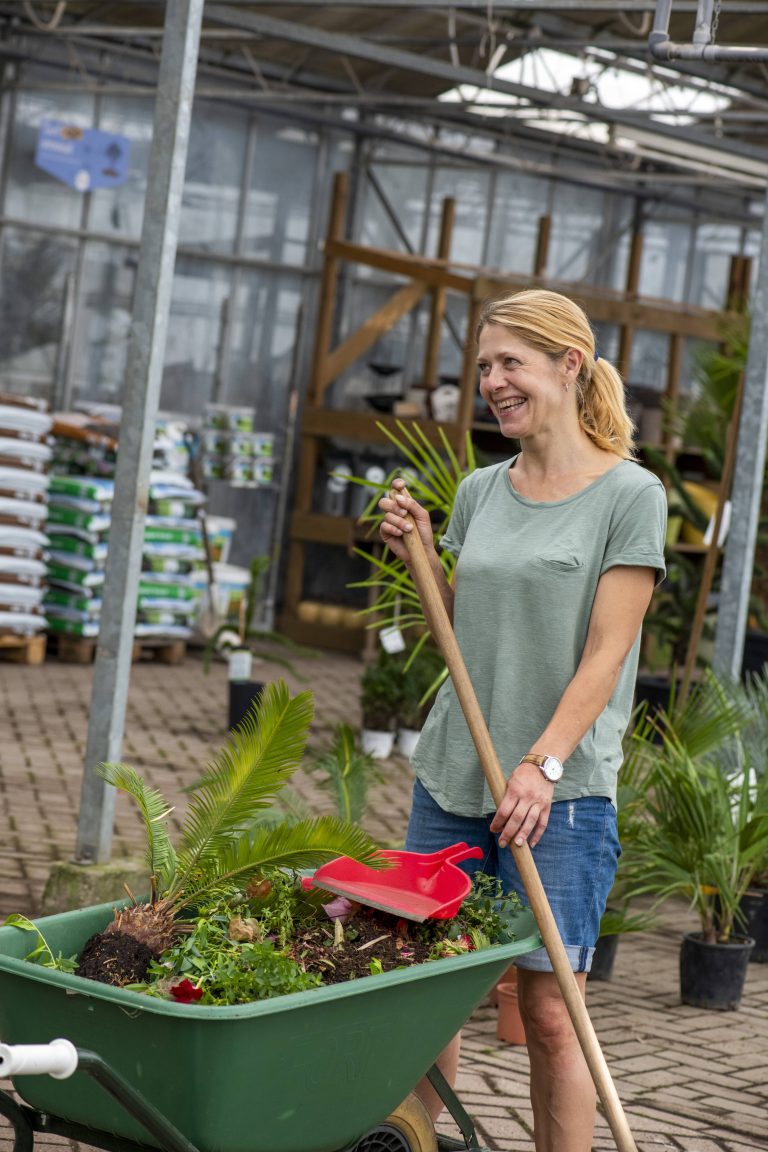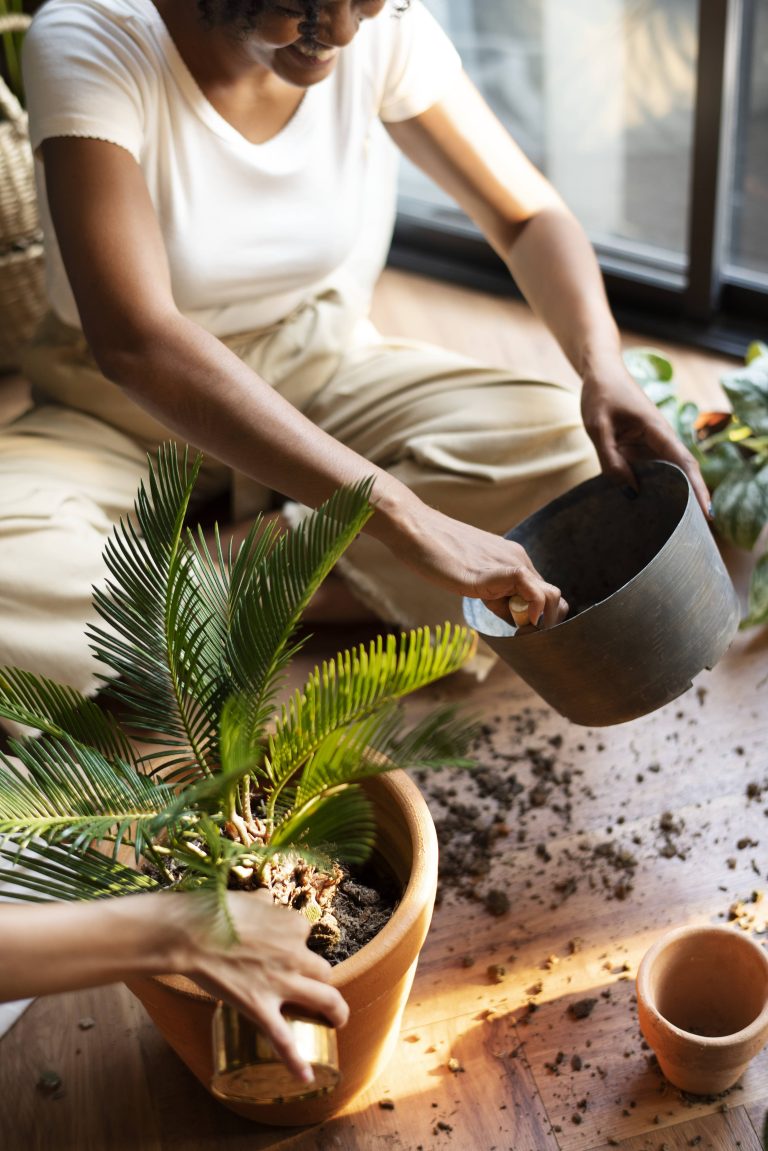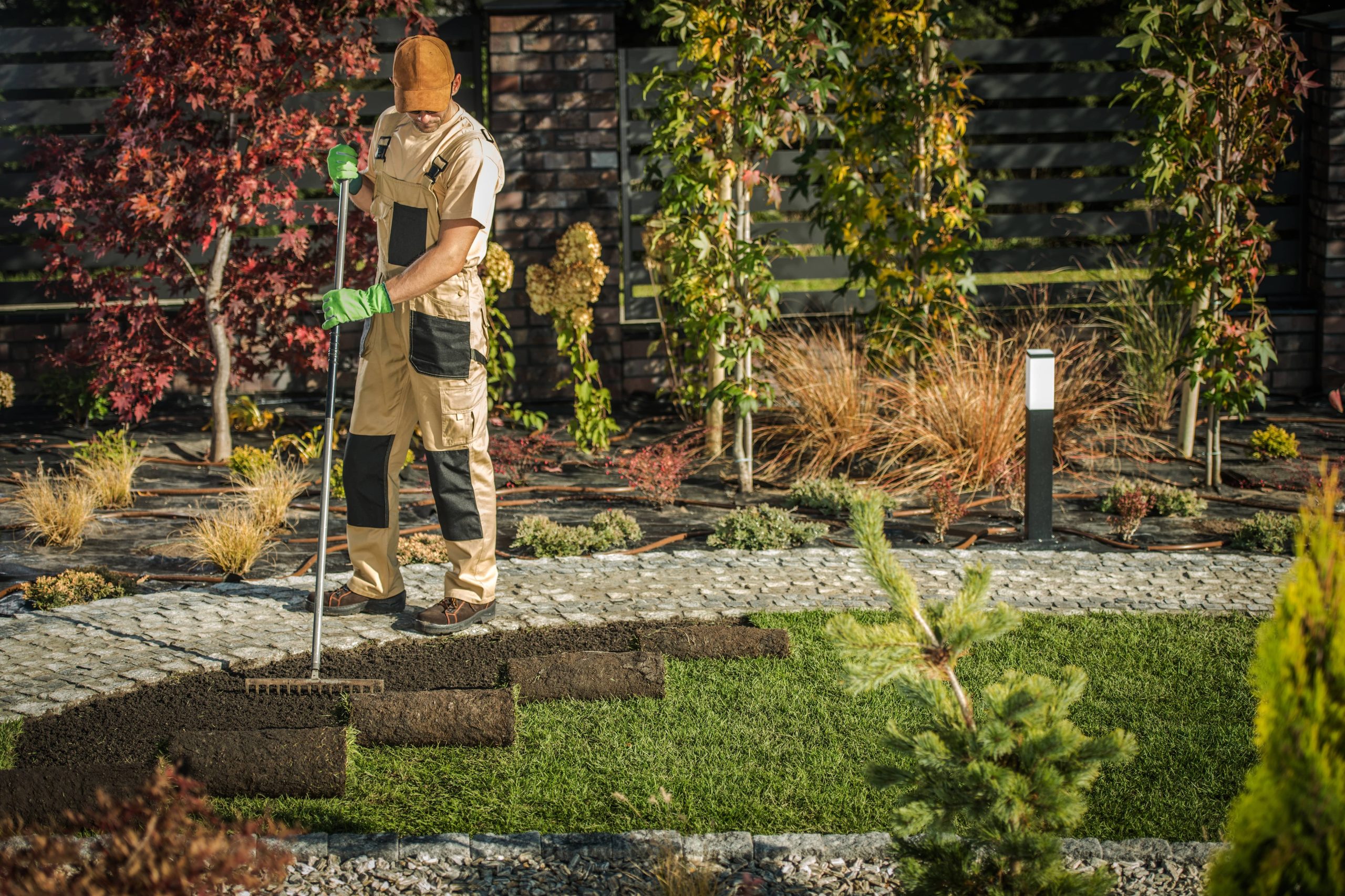
As a passionate gardener, whether you’re a beginner or a seasoned expert, you likely recognize the value of mulching in creating a thriving garden. However, the significance of proper mulching techniques is often underestimated, despite their crucial role in promoting healthy plant growth, conserving moisture, and enhancing soil fertility. If done correctly, mulching can transform the vitality of your outdoor garden and landscaping. Let’s explore the world of mulching and its importance, as well as techniques to ensure you mulch the right way.
Understanding Mulch and Its Benefits
Mulch is a protective layer spread over the soil surface, primarily used to improve soil health and ecosystem functioning. It can consist of organic materials, such as bark, wood chips, shredded leaves, grass clippings, and straw, or inorganic materials like gravel, pebbles, and plastic sheeting.
1. Moisture Retention: One of the primary advantages of mulching is its ability to conserve soil moisture by reducing evaporation. This is particularly beneficial during dry spells and hot weather, helping plants receive the water they need without constant irrigation.
2. Weed Suppression: Mulch acts as a barrier against weeds by blocking sunlight, which inhibits their germination and growth. A well-mulched garden is a less weedy garden, freeing you from extensive weeding tasks.
3. Temperature Regulation: By insulating the soil, mulch helps regulate soil temperature, protecting plant roots from extreme heat in summer and frost in winter. This stable environment is conducive to healthy plant development.
4. Soil Fertility: Organic mulch materials enrich the soil as they decompose, releasing nutrients and promoting beneficial microorganisms. This enhances soil structure, fertility, and overall plant health.
5. Erosion Control: Mulch reduces soil erosion by shielding the ground from rain impact and wind, thereby helping maintain nutrient-rich topsoil.
6. Landscape Aesthetics: Beyond functional benefits, mulch improves the visual appeal of your garden, offering a neat, uniform look that enhances plant displays and garden design.
Correct Mulching Techniques
While the benefits of mulching are evident, improper application can negate its advantages and potentially harm your garden. Here’s how to implement correct mulching techniques:
1. Choose the Right Mulch
Selecting the appropriate mulch depends on your garden’s needs and your aesthetic preferences. Organic mulches, such as hardwood bark, straw, and compost, improve soil fertility over time. Inorganic mulches, like pebbles or landscape fabric, offer longer-lasting weed control and a decorative finish but don’t enhance soil health. Understand your garden’s specific requirements before making a choice.
2. Prepare the Area
Before mulching, clear the area of weeds and debris. A weed-free foundation enhances the mulch’s effectiveness in suppressing potential weed growth. You might also consider edging your garden beds to keep the mulch neatly contained.
3. Apply the Right Depth
Depth is key when applying mulch. A layer of 2 to 4 inches is typically sufficient for most gardens. Applying too little mulch won’t effectively suppress weeds or conserve moisture, while too much can suffocate plant roots or lead to waterlogging, especially in poorly draining soils.
4. Keep Away from Plant Stems
Avoid piling mulch directly against plant stems or tree trunks. Also known as “volcano mulching,” this technique can lead to moisture retention against the bark, causing rot and inviting pests. Instead, ensure a small gap around the base of plants to allow air circulation.
5. Replenish as Needed
Organic mulches decompose over time, enriching your soil but also thinning out. Keep an eye on mulch levels and replenish as necessary to maintain effective coverage, typically once or twice a year.
6. Consider Seasonality
Mulching at different times of the year provides varying benefits. For example, applying mulch in spring can allow soil to warm-up more quickly before providing a protective layer, whereas fall mulching helps prevent winter root damage.
Importance of Correct Mulching Techniques
Practicing correct mulching techniques is crucial for reaping maximum benefits without incurring detrimental effects:
– Enhanced Growth Conditions: By accurately regulating moisture, temperature, and nutrient availability, proper mulching creates optimal conditions for robust plant growth.
– Prevention of Plant Diseases: Mulch can reduce soil-borne diseases by preventing rain splash, which spreads pathogens. However, incorrect mulching may contribute to plant diseases by fostering overly moist conditions.
– Reduction in Maintenance: A well-mulched garden considerably reduces maintenance tasks, like watering and weeding, allowing you to spend more time enjoying your garden.
– Long-Term Soil Health: Investing in quality mulching techniques enriches soil health over time, boosting its capacity to support diverse plant life and ensuring sustainable garden productivity.
In conclusion, mulching is an invaluable practice for outdoor gardening and landscaping. By understanding and implementing correct mulching techniques, you enhance your garden’s health, appearance, and productivity while conserving resources. Enjoy the transformative power of mulch and let it work wonders in your outdoor space. Happy gardening!






